
In Winter ’20 (October 2019) Salesforce will start switching users to Lightning at all orgs. I mean all, where users have the Lightning Experience User permission which is enabled by default in all standard profiles.
Important and Need an action
Field History Data will be deleted after 18 months. The 18 months limit wasn’t enforced till now, but starting with Spring your data field history data (history of changes you made to up to 20 fields per object) will be deleted. You have to buy Shield to get longer history (about 30 % of licence price).
Enjoy Increased Data Storage
The starting point for data storage in most Salesforce orgs is shifting from 1GB to 10GB. This is a big change and is especially good for smaller customers (initial allocated storage works off of the number of users).
The approximate rule of thumb is that a single record (e.g. an account, opportunity, case etc) will take up 2KB of data storage so 10Gb will mean starting point storage for approximately five million records. Thats a lot of records!
Data storage for select editions is increasing from 1 GB to 10 GB, giving you lots more room to grow. For example, previously a Professional Edition org with 10 users received 1 GB, because 10 users multiplied by 20 MB per user allotment is 200 MB. Now, a Professional Edition org with 10 users receives 10 GB + 200 MB.
Where: This change applies to Lightning Experience, Salesforce Classic, and all versions of the Salesforce app in Contact Manager, Group, Essentials, Professional, Enterprise, Performance, and Unlimited editions.
When: Orgs will begin to see the increase beginning in late March 2019.
1. Jump Right into Your Most Important List View with Pinned Lists
Do you have a go-to list view that you want to load as your default list? Now you can. With pinned lists, all users can make any list their new default.

Learn more about pinned lists →
2. New Lightning Web Components
Spring ’19 introduces a new type of Lightning component called a Lightning web component. What used to be called a Lightning component is now called an Aura component. Aura components and Lightning web components work together and are both part of the Lightning Component framework.

Learn more about new Lightning Web Components →
3. Add Custom Resources to the Refreshed Lightning Experience Help Menu
The Help Menu has been redesigned to make room for your own resources. Guide users as they work in your org with links to your own URLs to websites, PDF files, videos, or Trailhead mixes. A getting-started section helps both users and admins to get on-boarded to the new user experience. Everyone can now search for and see documentation results from within the Help Menu.

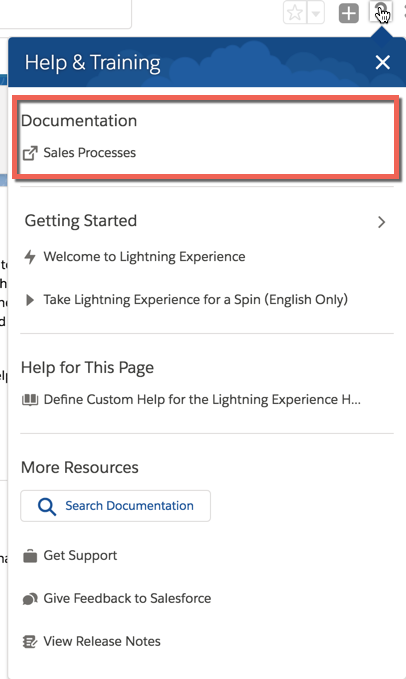
Learn how to create your own help menu →
4. Faster, Easier, and More Intuitive Flow Building with Flow Builder
Your flow-building experience just got a whole lot better! The Cloud Flow Designer has been replaced with a much faster tool: Flow Builder. It streamlines flow building and maintenance with a simplified user interface.
It’s now easier to choose the right element or resource for your flow. For example, the data elements have been consolidated. No more keeping track of whether you should use a Fast Create or Record Create, or which type of variable you need. Elements and resources have also been renamed to be more intuitive. For example, the sObject data type is now called “Record.”
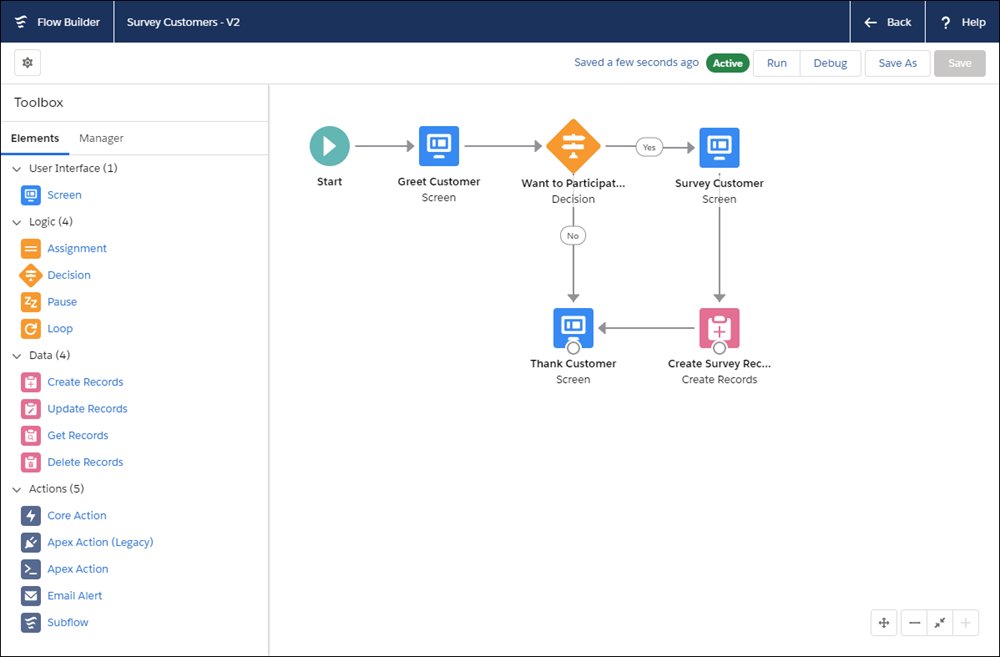
Flow Builder is now the default flow-building tool in all orgs, Salesforce Classic or Lightning Experience, so no migration is needed. When you modify an existing flow or click New Flow, you open Flow Builder.
Learn more about the new Flow Builder →
Sales Cadence, where you just setup which activities should follow and in which order and Salesforce do all the magic of getting in touch with your contacts. (at extra costs )
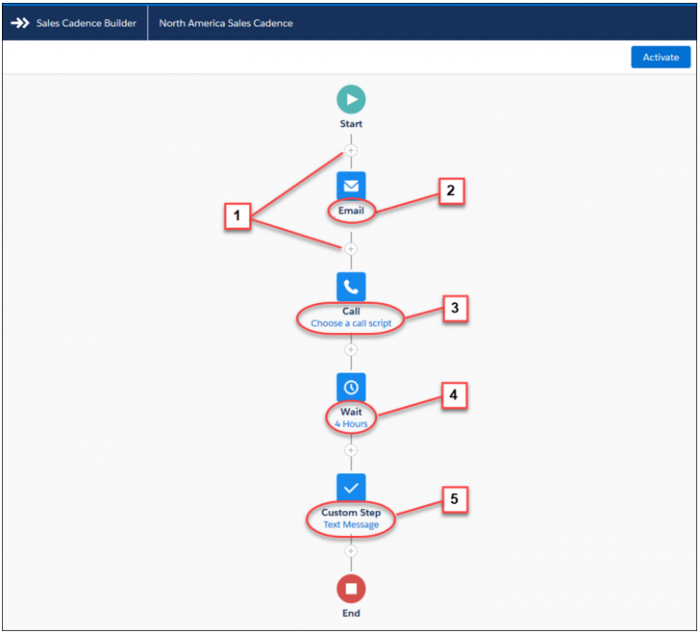
5. Turn On Lightning Experience (Critical Update)
Salesforce will turn on Lightning Experience on a rolling basis starting in Winter ‘20 to empower users to move faster, do more, and be more productive. Everyone is encouraged to start preparing to transition to Lightning Experience soon so that your users can benefit from everything the new interface has to offer. The future of the Salesforce user experience and platform is Salesforce Lightning. Moving forward, all innovations will be in Lightning Experience. Take advantage of the lead time before Lightning Experience is turned on to understand how your org’s features and customizations perform in the new interface and to prepare your users via change management. Start now to ensure a better experience for everyone when Lightning Experience is turned on later. Better yet, take control and turn on Lightning Experience for your users before this update is auto-activated, on your terms.
Learn more about this critcal update →
6. Suggest Recommendations and Offers to Your Lightning Experience Users
Direct your users to the best next step with the Einstein Next Best Action component. Available on Lightning record pages, this component uses strategies that apply your org’s business rules to display context-sensitive offers and actions, like an upgrade, a discount, or a service. You define the conditions and rules that determine which recommendations to display to your users. This component is available as part of Einstein Next Best Action.

Learn more about the Next Best Action component →
7. Reports: Update headers, resize columns, stacked summaries and conditional formatting
Quickly Focus on Relevant Data with Conditional Formatting
Looking for a way to help sales reps easily identify the hottest deals that need immediate attention? Want to know at a glance which accounts have opportunities valued between $100,000 and $500,000? Apply conditional formatting to summary or matrix reports in Lightning Experience to lend color to your reports and gather insights at the same time.
Resize Columns to Fit Your Content
If truncated data and unused white space in columns aren’t your favorite things, wave goodbye to them. You can now adjust report column widths in Lightning Experience report builder and the run page.

Gather Insights Faster with Stacked Summaries
You created those complex—but awesome— matrix reports so you could summarize large volumes of data and compare values in different fields. But the summarized metrics that you wish to compare are not always conveniently located next to each other. For a more viewer-friendly version of the report involves less scrolling, view the report with Stacked Summaries option enabled.
Review Data More Easily from the Run Page
If truncated data and unused white space in columns aren’t your favorite things, wave goodbye to them. You can now adjust report column widths in Lightning Experience report builder and the run page.
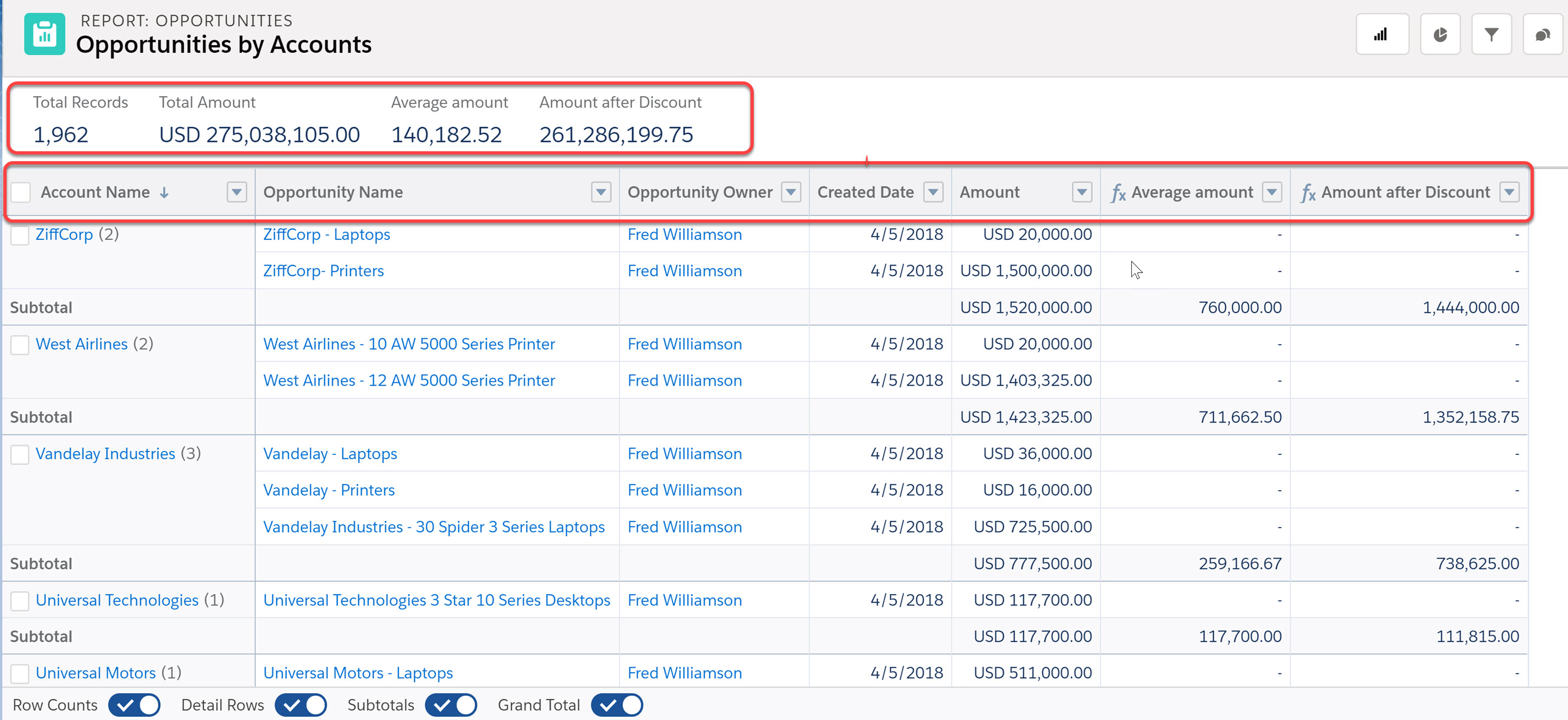
New reports screen – the Enhanced Run Page from previous release is now the standard, which allows for drill down, sticky column headers, you can resize columns and have stacked summaries, so you don’t waste precious space on your reports. We also got 12 columns on dashboards as well as compact components, so we can put more info on the same space.
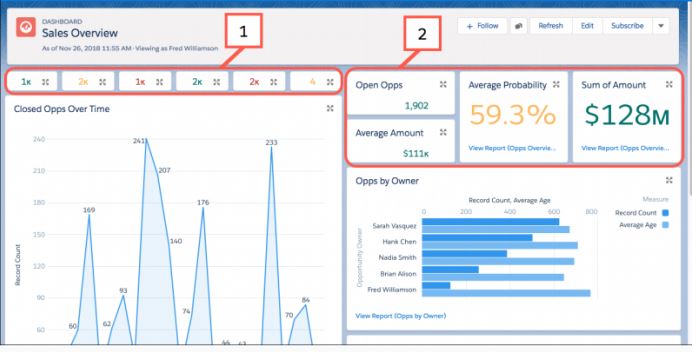
Other features
- you can customize which links will be under the help menu on top of page;
- printable view – a few customers asked, how they can print from Salesforce, now they will able to;
- Lightning Scheduler, which allows you to select times when you can meet with customer and they can choose, looks super cool, paid extra;
- pop-out items from utility bar. Utility bar can be handy – but I usually have problems to find what should be there as it is really crucial for users – and not you can pop-out these things to another windows and extend your workspace. Just imagine the CTI phone on another screen;
- add people to groups and queues by territory – finally looks like all the different part clicks together and you don’t have to assign your users at different places;
- the product list when adding products to opportunities will be more condensed;
- Enforce Email Privacy setting, which respects when customers opt-out from your emails. Looks like this section in setup is pretty cool and you really should set it up. Plus new Consent Management Object;
- add attendees to events without setting up Lightning Sync, aka we are finally able to add attendees in Lightning! And other improvements to calendars such as showing more info, using colors;
- Permission Set Groups – assign more permissions at once and don’t forget any (pilot);
- switch Lightning Page to other template, no need to start again from scratch (will that be possible for reports anytime?)
- default home page per Lightning App, not one per org!
- you can use relative dates in macros;
- live agent supports offline mode (meaning all your agents are offline and customer can still open the case);
- Where is it used (beta), so you have an idea where field is used – validation rules, layouts, formula fields, VF pages, … the list is pretty long.

- Login Discovery, so users just enter what they know (phone number, email) and the system redirects them to their identity provider page;
- authenticate users with certificates for better security and user comfort;
- asynchronous email verification for new community users, so they can start their use even before clicking the confirmation link in an email;
- contactless external identity user, so you don’t have to create contact record for each community user. And it also says something about chance to downgrade for another licence (no idea).
Process Builder and Flows
- you can specify processes and flow in your managed package as templates, so customers can update them;
- processes can now respond to standard platform events, such as errors = might be easier to handle errors and do some additional actions on them;
- display images in your flows and capture addresses, which uses the standard country/state picklist values;
- support for external objects – lookup, create, update. And even launch process, but that has to be done with platform event;
- Return Null Values in Process and Flow Formulas critical update which makes sure that the returned value is always true – would this solve the ugly need for checking whether all fields in hierarchy are null and just then check the value of the last one?
- scheduled actions can be tested with APEX as they are processed immediately when calling stopTest();
- Guided Actions will be setuped in Setup, not on the component anymore. And there is a converter to do that.
Pardot
- business units in Pardot to segment what users can view;
- selective sync between Pardot and Salesforce – no more you have to have all contacts in Pardot.
Field Service Lightning
- FSL can show IoT Data about your product;
- booking appointments in Field Service Lightning just got a dialog which makes more sense (rather than scrolling through long list of options).
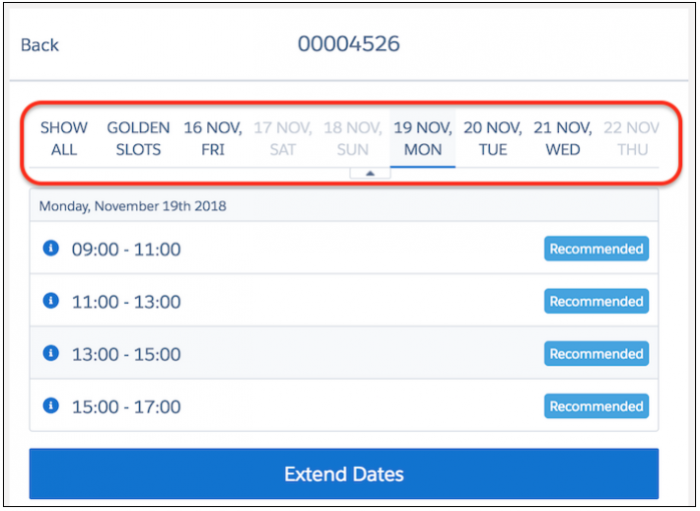
Einstein Analytics
- Google Analytics connector for Einstein Analytics – now you can get those two together;
- event based scheduling your dataflows in Einstein Analytics;
- Smart Dashboard Templates in EA – not only Salesforce provides app templates, the AI is able to generate dashboard and all its components just from data you provide. Scary, especially would it be better looking than my work;
- Share Einstein Discovery Stories to Quip or R for data scientists.
Communities
- Translate with Google in Community Chatter Feed;
- moving feed items between groups, including all replies etc.
- you can set which options are available on list views in communities – would I be finally able to get rid of those buttons which don’t make sense?
- Partner Account Relationship and sharing rules sounds interesting and as a way how to simplify the sharing of data with partners. For accounts, contacts, campaigns, cases, leads, opportunities, orders and custom objects.

Getting Release Ready
Here are some other resources to get ready for the Spring ’19 release:
- Sandbox preview instructions
- Release note tips
- Prepare for Salesforce Releases Trailhead
- Join the Release Readiness Trailblazers Group

Thank you for Sharing this valuable information with us. Much appreciated 🙂
Thank you for Sharing this valuable information with us. Much appreciated 🙂